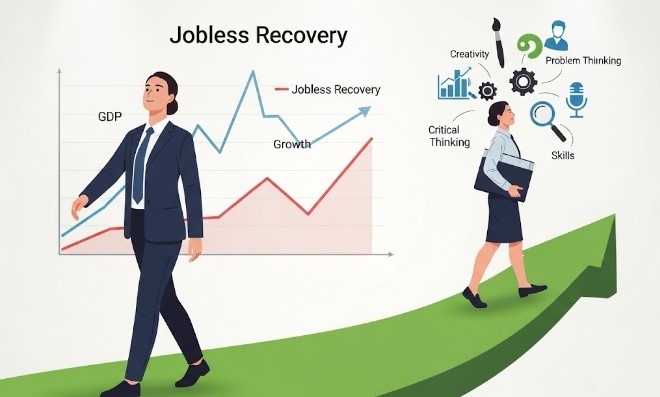In a world where more is often marketed as better, minimalism offers a powerful counter-narrative: less truly can be more. As we navigate economic uncertainty, rising inflation, and digital overwhelm in 2025, adopting a minimalist money strategy isn’t just trendy — it’s transformational. This post will walk you through how intentional simplicity can unlock financial freedom, clarity, and peace.
What Is Financial Minimalism?
Financial minimalism is about streamlining your expenses and aligning your money with what truly matters. It’s not about deprivation — it’s about conscious decisions. Instead of buying more, you choose wisely. Instead of hoarding, you invest in what adds long-term value.
This lifestyle shifts your mindset from “How much can I buy?” to “What do I really need to thrive?”
Why Financial Minimalism Is Gaining Momentum in 2025
Here’s why this movement is booming globally right now:
- Inflation: People are cutting non-essentials and seeking simplicity to stay afloat.
- Overconsumption fatigue: The constant noise of buying more is exhausting — and many are choosing freedom over clutter.
- Digital content overload: Social media promotes spending through endless ads and influencers. Minimalists choose intentional digital consumption too.
Key Principles of the Minimalist Money Strategy
Want to live more simply and save more? These core ideas will help you shift:
- Spend on purpose: Ask “Does this add value to my life?” before every purchase.
- Budget based on priorities, not peer pressure: Just because others are doing it, doesn’t mean you should.
- Embrace quality over quantity: Invest in durable, ethical items instead of chasing trends.
- Practice the 30-day rule: Wait a month before making non-essential purchases.
- Track joy, not just expenses: Reflect on how each category makes you feel — not just how much you spent.
How Minimalism Leads to Wealth
Here’s how simplifying your financial life opens the door to growth:
- Less debt: Minimalists avoid lifestyle inflation and reduce credit reliance.
- More savings: Cutting the excess creates space for emergency funds and investments.
- Time freedom: Fewer expenses mean fewer hours needed to earn — giving you more time for what matters.
- Mental clarity: Decluttering finances leads to less stress and better decision-making.
Real-Life Example: How One Couple Paid Off $60,000
Jess and Ray, a millennial couple from Canada, downsized their apartment, stopped upgrading their gadgets, and embraced home cooking. In just 18 months, they paid off over $60,000 in student and car loans — all by focusing on financial minimalism. Today, they travel part-time while running a digital business from a tiny home.
Minimalism Isn’t About Being Cheap — It’s About Being Free
Choosing a minimalist financial path doesn’t mean you stop enjoying life. It means you filter your spending through a lens of intention. Whether it’s choosing timeless fashion over fast trends or saving for meaningful travel instead of daily takeout — you’re designing a life you control, not one you borrow for.
Conclusion: Start Small, Gain Big
You don’t need to sell everything or move into a tiny home to embrace financial minimalism. Start by reviewing your current spending. Ask: “What could I remove that won’t hurt — and might even help?”
Your next step? Declutter one spending category this week — subscriptions, wardrobe, or dining out — and track how it makes you feel. You might be surprised by the freedom it unlocks.





Leave a Reply